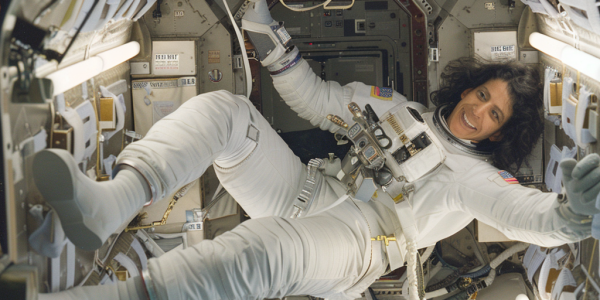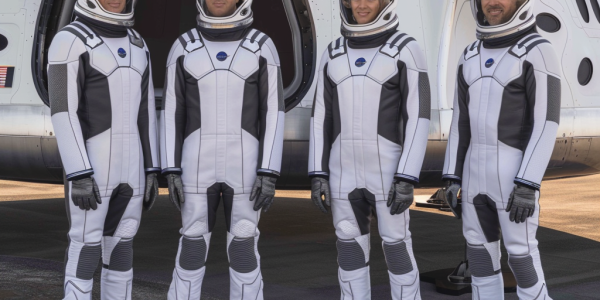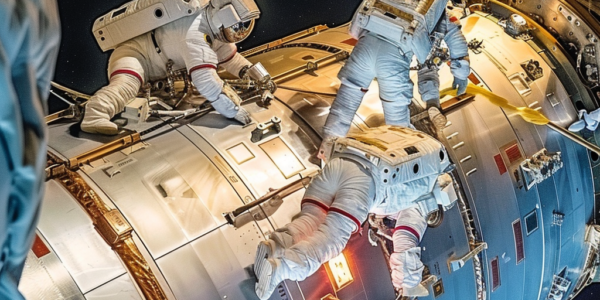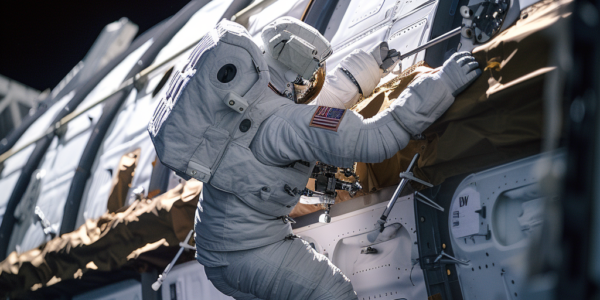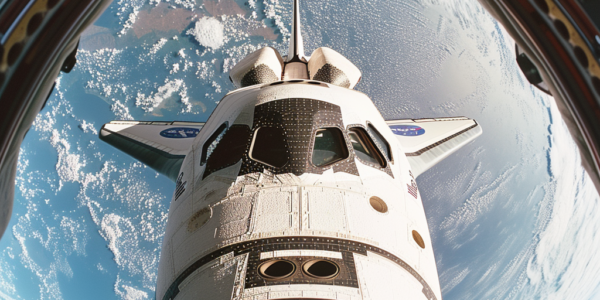Expedition 71 Crew Members Prepare for Spacewalks and Research on ISS
NASA’s Expedition 71 crew, including Indian-origin astronaut Sunita Williams, prepares for spacewalks and conducts microgravity research on the International Space Station. Scheduled tasks include addressing faulty hardware, swabbing for microorganisms, replacing gyroscope assembly, and more. Williams, a Starliner Pilot, is busy with station maintenance and scientific experiments. With a history-making career, she holds the record for most hours of spacewalk by a woman and is on her third space flight.
Shenzhou-18 Crew Completes Record-Breaking Spacewalk Mission
On May 28, 2024, the Shenzhou-18 crew members aboard China’s orbiting space station successfully completed their first spacewalk mission, setting a new record for the longest single spacewalk by Chinese astronauts. This achievement, facilitated by the space station’s robotic arm and ground support, highlights China’s dedication to advancing scientific knowledge and technology in space exploration.
SpaceX Unveils Innovative Spacesuits for Upcoming Private Spaceflight Mission
SpaceX unveiled its highly anticipated spacesuits designed for spacewalks, set to be utilized on an upcoming private spaceflight mission. The extravehicular activity (EVA) suits feature new joint designs for enhanced mobility, improved thermal management, upgraded helmet with sun visor, and a camera with heads-up display. The suits will be worn by astronauts on the Polaris Dawn mission, part of the Polaris program led by billionaire Jared Isaacman. Rigorous ground testing validated the suits’ functionality and readiness for the mission.
Shenzhou-17 Crew Completes Second Extravehicular Mission
The Shenzhou-17 crew completed their second extravehicular mission, conducting maintenance work on the space station’s solar wings and inspecting module status. The taikonauts are scheduled to carry out space science and technology experiments during the remainder of their space journey.
Polaris Dawn private astronaut mission delayed to at least mid-2024
The Polaris Dawn private astronaut mission, backed by billionaire Jared Isaacman, has been delayed to at least the middle of 2024. The delay is due to the need for additional developmental time to ensure the completion of mission goals and a safe launch and return of Dragon and the crew. One of the key mission goals is to conduct a spacewalk, marking the first from a Crew Dragon spacecraft, requiring the development of an extravehicular activity (EVA) spacesuit and modifications to the Crew Dragon. Billionaire Jared Isaacman acknowledged the challenges, stating that the work was more difficult than expected, contributing to the delays. The Polaris Dawn mission serves as a testing ground for the suit that SpaceX plans to use for future missions, making it a significant milestone for the company.
Space Shuttle Challenger Embarks on STS-41B Mission
On Feb. 3, 1984, space shuttle Challenger embarked on its fourth flight, STS-41B, marking a significant milestone in space exploration. The mission included practicing tasks required for the upcoming Solar Maximum Mission satellite retrieval and repair mission, successful test flights of the Manned Maneuvering Unit (MMU) astronaut propulsion device during two untethered spacewalks, and the successful deployment of two commercial communications satellites, Westar VI and Palapa-B2. The crew for STS-41B was announced on Feb. 4, 1983, and the mission’s objectives underwent changes, ultimately including the Shuttle Pallet Satellite-01A (SPAS-01A) and practicing rendezvous maneuvers with the Integrated Rendezvous Target (IRT), an inflatable 6-foot balloon deployed from the payload bay.

